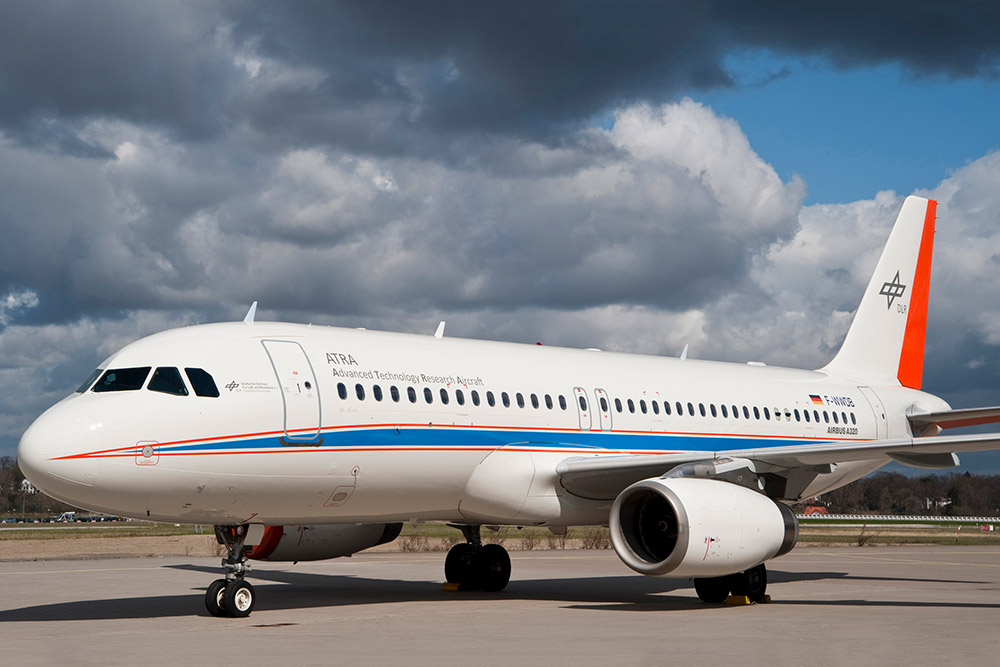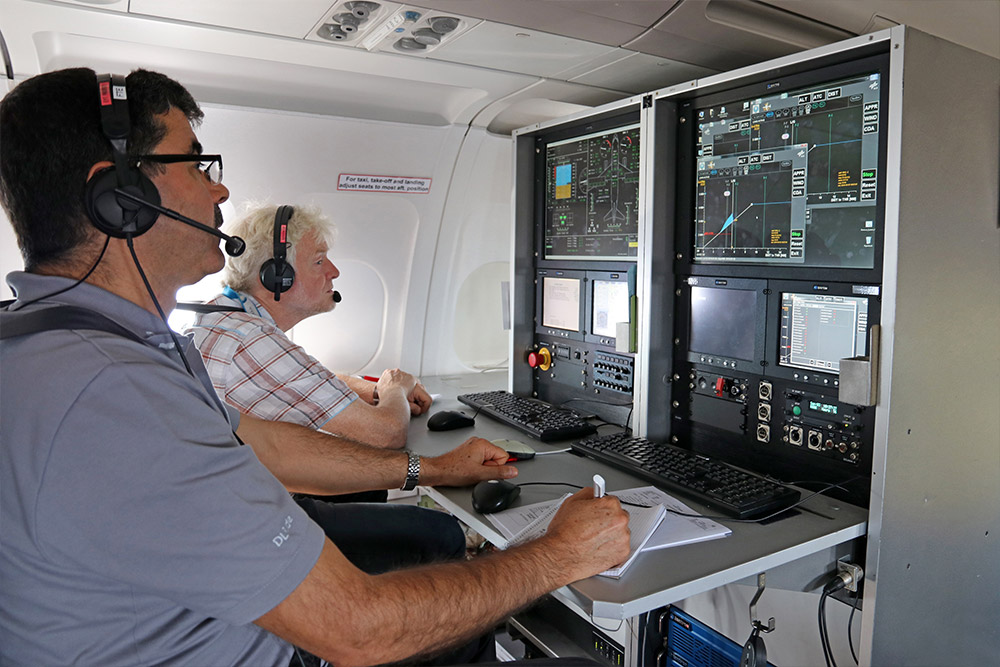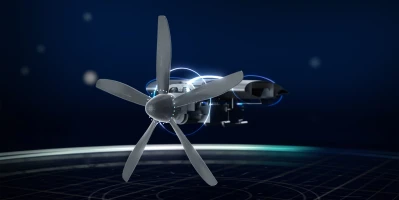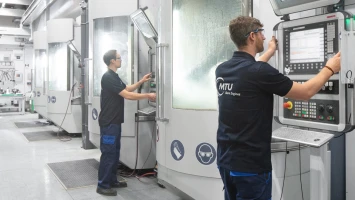good-to-know
DLR tests new quiet approach procedures
The German Aerospace Center (DLR) hopes to improve quality of life for people living near airports with the LNAS pilot assistance system.
06.2020 | author: Thorsten Rienth | 2 mins reading time
author:
Thorsten Rienth
writes as a freelance journalist for AEROREPORT. In addition to the aerospace industry, his technical writing focuses on rail traffic and the transportation industry.
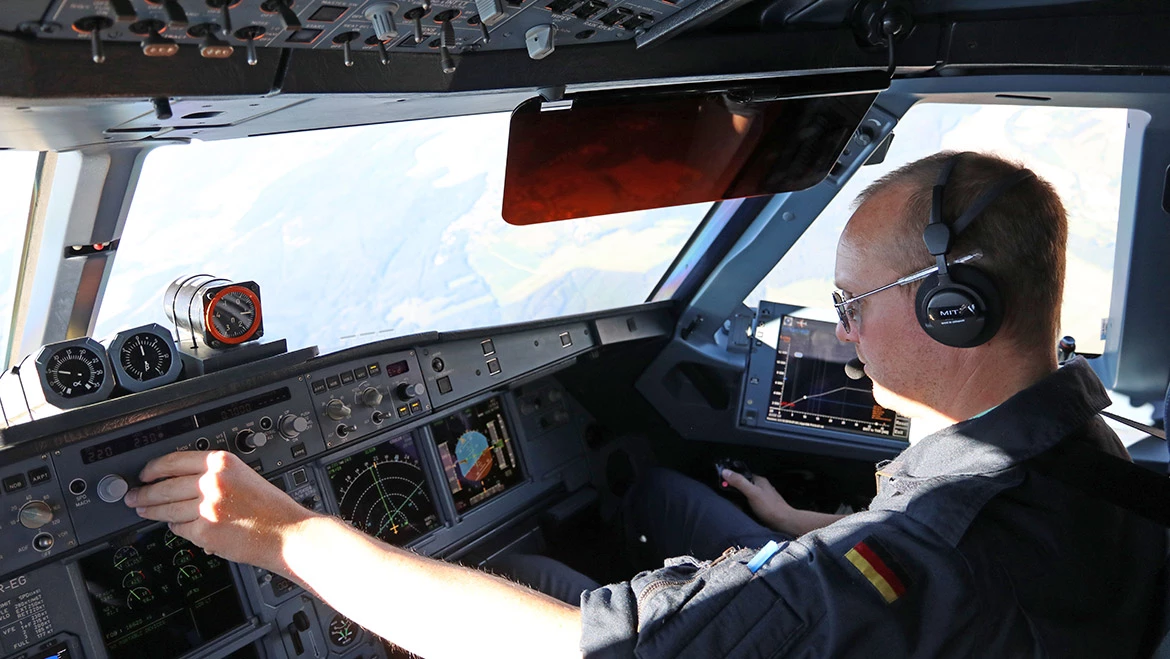
Time and again, the Airbus A320 ATRA flying testbed did its rounds in September 2019. For each of the 70 approaches to runway 14 at Zurich Airport, the test crew made tiny adjustments to the parameters: engine performance, flap position, air brakes, landing gear. “We need this number of similar approaches to ensure we have a sufficient breadth of data,” explains Dr. Fethi Abdelmouda from the DLR Institute of Flight Systems.
All this effort is in the interests of a new pilot assistance system called LNAS, which stands for Low Noise Augmentation System. In the future, DLR wants this system to support pilots during complex approach procedures to keep descents as quiet as possible. “Conditions that are constantly changing, such as wind and flying weight, make it extremely complicated to fly precise vertical profiles for a low-noise approach,” says DLR test pilot Jens Heider, one of the people in the cockpit of the A320 ATRA for the test flights. We might not be able to change fundamental principles of physics, but we certainly can change the number of unfavorably noisy approaches.
The system aims to optimize energy management during the approach; in other words, to make the descent as continuous as possible. This means pilots must adhere to a precise descent profile and they must extend the landing gear and flaps at specific times. The reason this is important is that when landing—unlike during takeoff—it’s not the engines that are responsible for most of the noise, but rather the air that passes over the flaps and around the landing gear.
Displaying pilot guidelines on a tablet
Of course, approaches have always kept the crew hard at work in the cockpit. That’s why LNAS is designed as a pilot assistance system. It features a display—the Electronic Flight Bag—that shows the pilot at a glance the optimum point in time to extend the flaps and the latest possible time to extend the landing gear. Provided pilots follow the instructions, says DLR, the system minimizes noise and fuel consumption during the approach from the cruising altitude down to the stabilizing altitude of 1,000 feet above airport elevation.
The purpose of the test flights was to validate the underlying LNAS algorithm using noise measurement stations set up along the approach path. In addition to the DLR test pilots, 25 participating airline pilots sat at the sidesticks to test the system’s practicability.
During the test flights, the system displayed its suggested course of action on a tablet fitted above the normal controls. However, DLR thinks there is a good chance that its new system will become an integrated part of aircraft onboard computers in the future.
In October 2019, Lufthansa started test operations of LNAS on board 86 of its A320-family aircraft at Frankfurt Airport. The aim is to collect comprehensive data that will allow statistically reliable predictions of flight noise and fuel consumption in normal operations.





